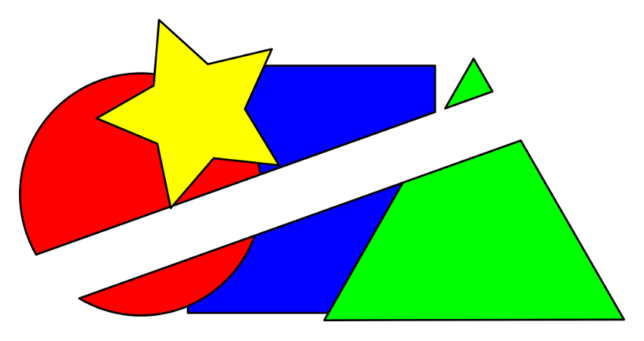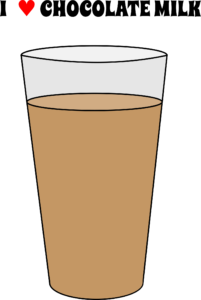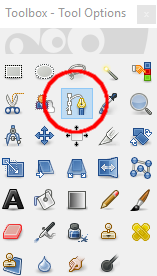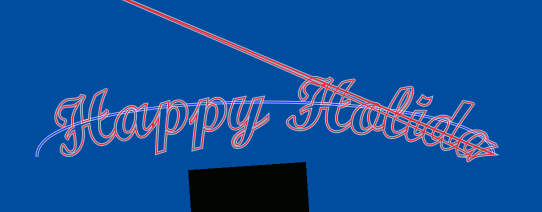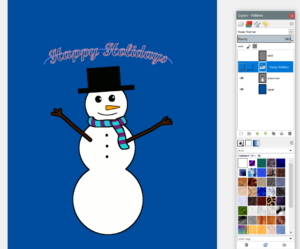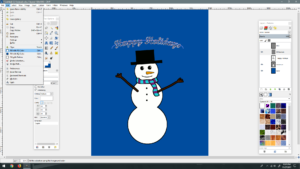I have been spending a large portion of my weekend learning how to use Inkscape, a free and open-source vector graphics editor. So, here are some useful bookmarks on some of the lessons learned.
Creating Patterns in Inkscape
Erase / Cut Out From Objects – Inkscape Beginners’ Guide ep25
How to Erase in Inkscape
How to Crop in Inkscape
how to make simple cup in inkscape
[solved] How to select transparent objects?
Inkscape: How to Trace Bitmap
Inkscape: remove stroke preserve size/shape
Inkscape Tutorial: Vector Image Trace
Path Difference Problem – This one is linked specifically to remind me of the following: “First, you must have paths to work with, not objects. Not groups either. Then the path that will be subracted must be on top (in z-order) of the path from which it will be removed (bottom minus top, if you will). Both paths should be selected, of course, before performing the operation.
And when you click difference (or keystroke), look at the status/info area at the bottom of the window. I it will give you some helpful information about what’s happening (or not happening).”
Quick Tip: What are Clipping and Masking in Inkscape?
The result of the weekend’s efforts is my latest T-shirt design:
UPDATE 12/08/2017 1:40PM – I will add new bookmarks as I come across them.
